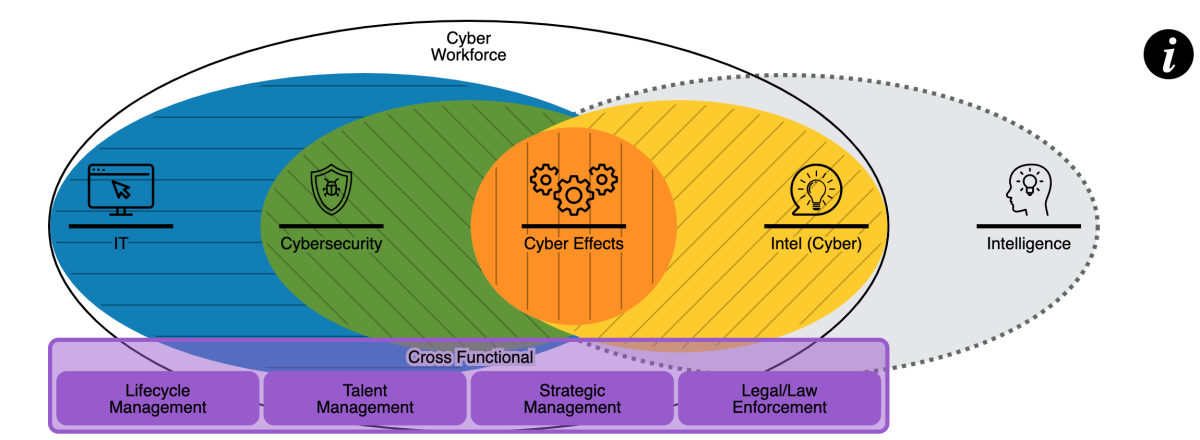Cybersecurity Career Paths: A Deep Dive into Blue Team Roles
A Deep Dive into Blue Team Roles - Part 1
In the past, I’ve talked about the different career paths within Cybersecurity and all the options there are. It is a very broad field and one that can accommodate to various interests.
This will be part 1 of a 5 part series around cybersecurity career paths.
You can think of Blue Team and Red Team as fields of their own. Within these two there are numerous roles that cover a wide array of responsibilities.
What is a Blue Team?
A blue team is an area of Cybersecurity, for those who are responsible for protecting an organization's computer systems and networks from attacks. They do this by identifying and mitigating security risks, responding to incidents, conducting security audits, and more.
Job Families within the Blue Team
There are a number of different job families within the blue team, including:
AppSec
Detection and Response
Incident Response
Threat Intelligence
Threat Hunting
Compliance
Now let’s go into some detail in each of these.
AppSec: AppSec professionals are responsible for identifying and mitigating security risks in applications, and they also work to develop security best practices for application development. Out of all of the roles discussed here, this one requires the most development and coding skills. This role can also fall under Red Team depending on the company.
Incident Response: Incident responders are responsible for investigating and responding to security incidents. They work to identify the source of the incident, contain the damage, and restore the system to its original state. Coordination with cross-teams is huge for this role.
Detection and Response: Detection and response professionals are responsible for monitoring an organization's systems for signs of threats or attacks. They use a variety of tools and strategies to identify suspicious activity, and they work to detect, and respond to threats effectively.
Threat Intelligence: Threat intelligence professionals collect and analyze information about potential threats to an organization. They use this information to help identify and mitigate risks, and they also use it to develop strategies for responding to attacks, usually in conjunction with partner Security teams.
Threat Hunting: Threat hunters are responsible for proactively searching for and identifying potential threats to an organization. They use a variety of tools and techniques to identify suspicious activity, and they work to investigate and respond to threats before they can cause damage. A key point here, is they tend to focus on areas currently NOT covered by Detections.
Compliance: Compliance professionals are responsible for ensuring that an organization complies with all applicable security regulations. They work to understand the requirements of these regulations, and they develop and implement security controls to meet these requirements.
Conclusion
The Blue Team is a critical part of any organization's cybersecurity program. By identifying and mitigating security risks, responding to incidents, and conducting security audits, the blue team can help to protect an organization from attack.
A good resource on mapping this out for yourself is the NICE framework.
In the next few posts, I will take a closer look at each of the job families within the blue team. This will give you a clear idea of the Cybersecurity career paths there are.
I will discuss the responsibilities of each role, the skills and experience required, and the career outlook for each field.


